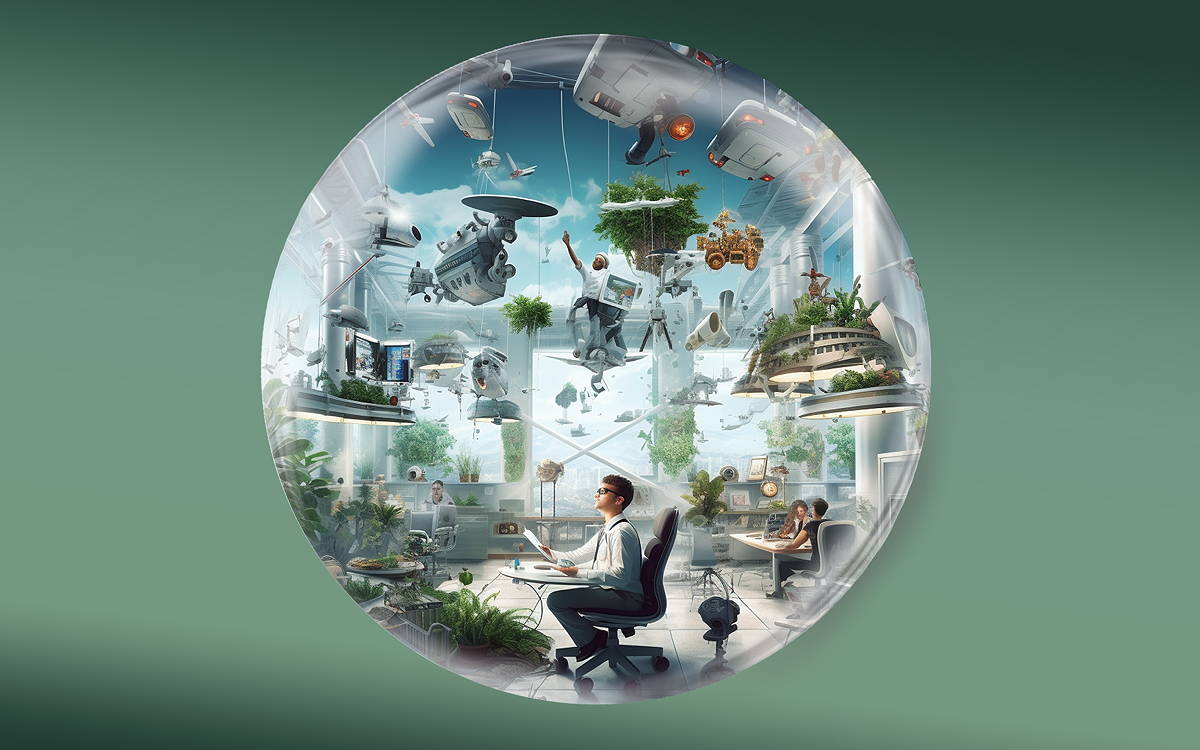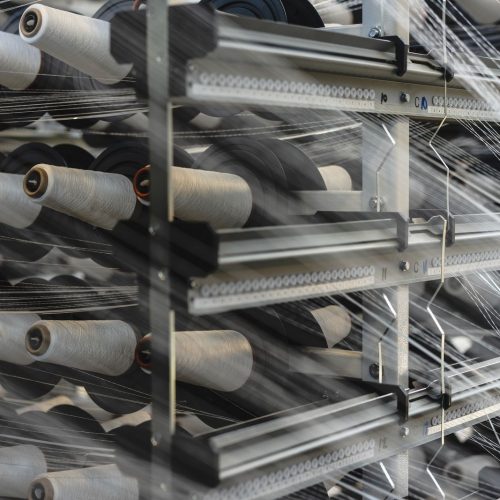Cast Your Vote | Unveiling the Nominees for the Green Product Award 2024
In a remarkable display of sustainable creativity, the Green Product Award 2024 has revealed the 275 nominees selected from a pool of 1500 entries spanning 54 countries. The nominated products and concepts are now open for public voting until January 14, 2024. Go vote now!
To receive the Luxiders Newsletter, sign up here.
Organised for the eleventh time, the International Green Product Award is a celebration of eco-conscious innovations. “Viewing the submissions is like unwrapping presents at Christmas, but unfortunately you don't get to keep all the parcels," says Nils Bader, Director of the Awards. The finalised nominees are now available for viewing on the award website. Online voting, accessible without registration, encourages us to choose our favourites, with one vote allowed per category.
With 50,000 votes cast in six weeks last year, it is evident that the public's immense interest remains strong. The esteemed international jury, consisting of experienced experts, evaluates submissions based on approach, elaboration, impact, design, sustainability, and innovation. Luxiders Magazine proudly participates as part of the 2024 jury. The results will provide insight into global preferences, contributing to the promotion of a greener and more sustainable future.

© Green Product Award
GREEN PRODUCT AWARD FASHION 2024
The Green Product Award Fashion 2024 hails nominees from 18 countries with 30 exceptional green products and concepts. On January 27, 2024, the Neonyt trade fair in Düsseldorf will host the award ceremony, offering a platform to celebrate the ingenuity of established brands and emerging labels in clothing, shoes, and accessories. From handbags crafted from cactus to backpacks made of ocean plastics, belts fashioned from tea leaves, jewellery repurposed from e-trash, solar-powered watches, and 3D printed pieces—the range of creations is nothing short of astounding. This event promises to showcase ground-breaking designs that address environmental concerns through zero waste design, recyclability, disassembly, 3D knitting, 3D printing, AI, and the innovative use of recycled materials in collections.
VOTE IN VARIOUS CATEGORIES
ARCHITECTURE
The next-generation architecture incorporates energy efficiency, intelligent planning, smart networking, modularity, and sustainable materials. Innovative concepts include 3D-printed PETg moulds for concrete and nanotechnology for recycled concrete. Some designs integrate with nature, like the bio-fabrication strategy using mycelium to stabilise regolith.
CONSUMER GOODS
Moving forward, this category encompasses a range of sustainable offerings, including food, beverages, electronics, storage, and more. Specifically in the realm of food, there's a natural sprouting set designed for effortlessly cultivating fresh organic microgreens. Additionally, a competitor is spotlighting a compact cricket farming system as a sustainable and eco-conscious protein source. Others are developing long-lasting water filters that eliminate the need for plastic bottles.
INTERIOR AND LIFESTYLE
Taking it back to the homes, the Interior & Lifestyle category unveils sustainable solutions for residential and commercial housing. Among the contenders, a smart chandelier that is also an air purifier. Another concept is using living material to create sustainable, non-repetitive interior tiling systems.
MOBILITY
Next, this section focuses on sustainable solutions in transportation either for passengers or goods. At the urban level, we have a versatile vehicle that functions both as a bicycle and motorcycle. It is well suited to evolving city infrastructure. The category also takes us to the eco-luxury sector with an electric houseboat.
BEAUTY AND PERSONAL CARE
Natural ingredients and the elimination of animal testing, synthetic colorants, preservatives, microplastics, and paraffin mark the landscape of personal care products. Notably, ongoing research delves into the potential use of compostable materials in electrical appliances, such as hairdryers. Additionally, another competitor introduced a customizable pain-relieving elbow brace designed to mitigate the risk of injury during physical or sporting activities.
KIDS
Surprisingly, children's products, catering to those aged 0 to 14, form one of the widest fields. To start, an eco-conscious innovation is kids' colours created from recovered waste. Furthermore, other products actively promote environmental awareness through toys that resemble endangered reptiles. Specifically designed for infants, there is a hand-woven, pollutant-free changing basket.

© Green Product Award
NEW MATERIALS
Next, a field that interconnects the rest in the green Products Awards. Its objective is to create a comprehensive database that can serve as inspiration for participants across different categories. Emphasis is placed on exploring novel materials derived from unconventional sources like mushrooms, fruits, algae, pine needles, seaweed, or ash. For example, one concept is using earth's materials for 3D printing. On the other hand, others propose a hemp leather alternative and bio sequins to replace their plastic counterparts.
WORKSPACE
This category is dedicated to products designed to establish a sustainable and efficient workplace. One such instance involves a product that transforms waste oil into soap, while another features a machine empowering farmers to produce fuels themselves. Additionally, a creative approach uses waste materials to craft modular urban furniture.
BUILDING COMPONENTS
The category includes a wide range of products involved in the construction process. There is a smart surface coating that effectively traps 100% of microplastics in drinking water. More innovations include a backup battery with 100% repurposed lithium cells and sustainable cooling and heating systems.
FREESTYLE
Some innovations are hard to bind to a single category. This multidisciplinary field includes a second skin that uses microbes to shield our bodies from harmful UV radiation. Continuing, others are installing filters under drilling platforms to filter crude oil mixed with seawater. In addition, there is a collection of textiles created by dyeing microalgae.
KITCHEN
In the kitchen sector we start with machines that help us reduce our bio-waste by up to 90 %. Energy efficient innovations include evaporative cooling methods and water-conserving tools for hand washing dishes. Another product can cook or transform fruit and vegetable waste into compost by harnessing the heat produced by the cooktop.
PACKAGING
Lastly, sustainable packaging in various sectors is growing in demand. Eco-friendly packaging options include seaweed foam that can easily be composted at home and food packaging designed from wheat husk.
For more information, visit the Green Product Award website here.
+ All Images: © Courtesy Green Product Award
+Words:
Francesco Witt
Luxiders Magazine




